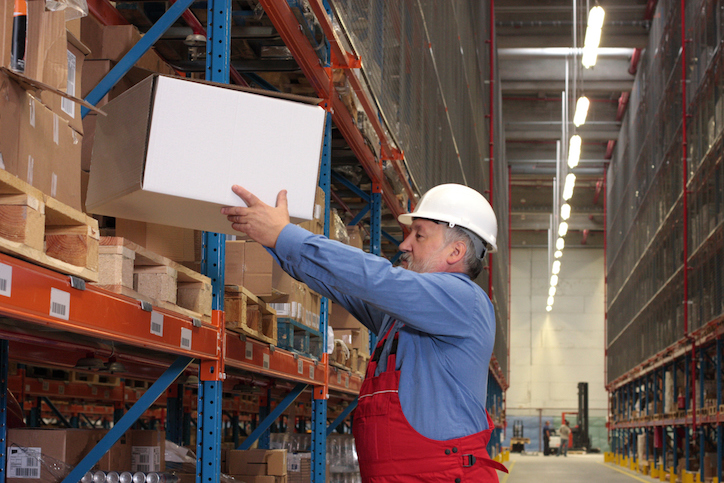
Many Australian workers have jobs that involve lifting, carrying, pushing and pulling throughout the day. Manual handling is one of the biggest causes of workplace injuries, but what is it really costing us? The real numbers are huge and should be cause for concern for all Australian employers.
How Do Manual Handling Injuries Occur?
Workplace injuries often occur from hazardous manual tasks. The Commission for Occupational Health’s Code of Practice: Manual tasks (2010) defines hazardous manual injuries as having any of the following characteristics:
-
awkward postures (e.g. bending forwards, twisting or reaching);
-
sustained postures (e.g. prolonged sitting or standing);
-
repetitive movements (e.g. repeating an action frequently, without breaks);
-
vibration – whole-body (e.g. sitting in certain vehicles) and hand-arm (eg using certain powered tools).
The Cost of Manual Handling Injuries
According to Safe Work Australia’s Australian Workers Compensation Report for 2015-16 there were 104,770 serious claims. A claim is considered serious if more than one week off work is needed to recover from an injury.
Of the claims, 90% related to injury and musculoskeletal disorders and 10% diseases. Of the 90% of non-disease related claims, 45% were injuries caused by manual handling. It is estimated that manual handling injuries cost the Australian economy $28 billion every year.
The three occupations with the highest rate of serious claims calculated per million hours worked were labourers (17.7% of all claims), machinery operators and drivers (11.1%) and community and personal service workers (10.7%).
Males accounted for 64% of the serious claims and work 59% of hours while females accounted for 36% of claims and work 41% of hours.
Which Age Group is Most at Risk of Injury?
Older workers are more at risk of a serious injury with the 55 to 59-year-old group accounting for 12.5 serious claims per 1000, followed by the 50 to 54 age group with 12.1 claims. Workers aged between 25 and 34 years were at a much lower rate of risk with 7.7.
The Mental Cost of Manual Handling Injuries
Workplace injuries can’t be measured by the economic cost alone. Some workers pay a high mental price following a workplace injury.
An injured worker is at risk of depression due to the pain, time away from work and medication. There is the potential that the psychological cost can far exceed the cost of the injury itself.
A Here to Help survey of people with a musculoskeletal injury who were off work for at least five days showed that half felt depressed at some point in the 12 months following the injury despite none of them being diagnosed with depression in the year preceding the injury.
The study showed that if mental health assessments and care were provided before the six-month anniversary of their injury, the worker would likely feel better at 12 months.
Family members can also suffer. Injured workers may become detached from reality and their family. The injured family member can have trouble sleeping, eating and may feel anxious or nervous which can put relationships under pressure.
What Can be Done to Reduce the Injuries?
Awareness of workplace health and safety has improved over the last decade. The knowledge has translated into improvements in the number of injuries in some industries but not as effective in others.
While the mining industry still has one of the highest fatality rates, its focus on safety has reduced the serious injury and fatality rate by 65% in the 12 years to 2015.
Thorough training and making safety a part of every employees’ workday has improved the rates. Body stressing accounted for 39% of the workers’ compensation claims with most caused by muscular stress from handling, carrying and putting objects down.
A continued commitment from all industries and employees towards safe manual handling will see a reduction in the number of workplace injuries.
If you would like some assistance with an assessment of manual handling duties in your workplace, call PeopleSense on (08) 9388 9000 or 1300 307 912.